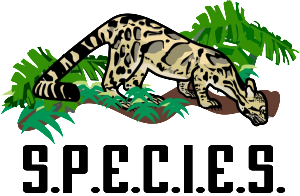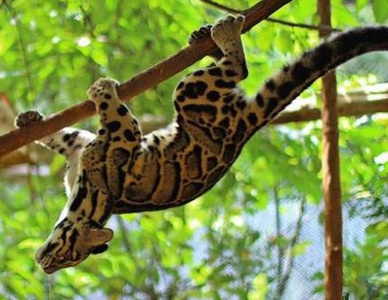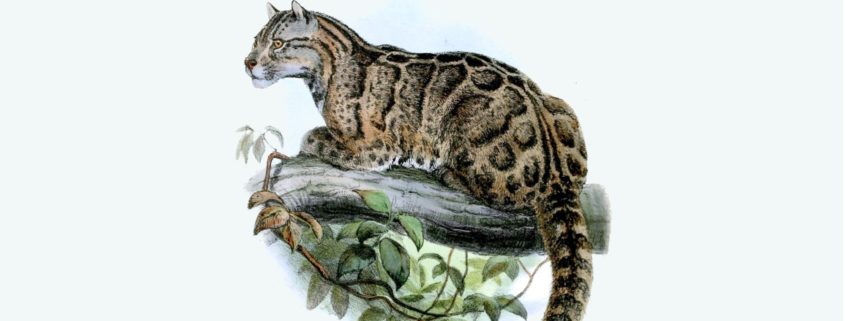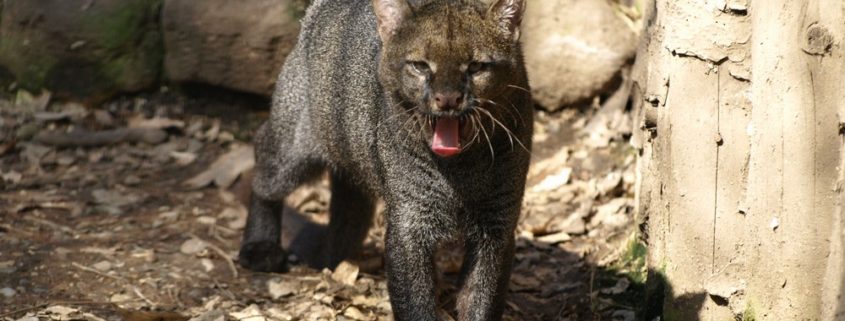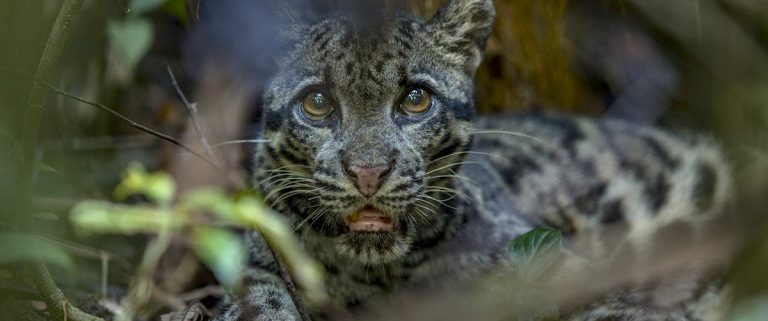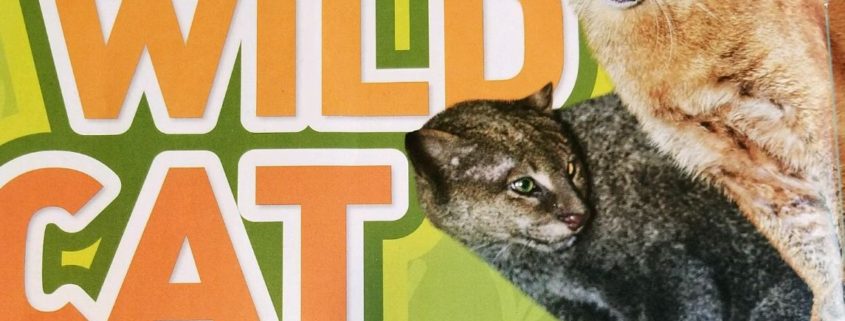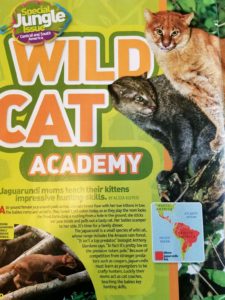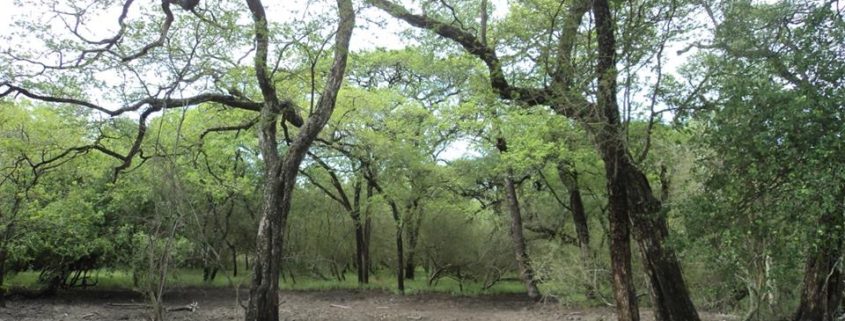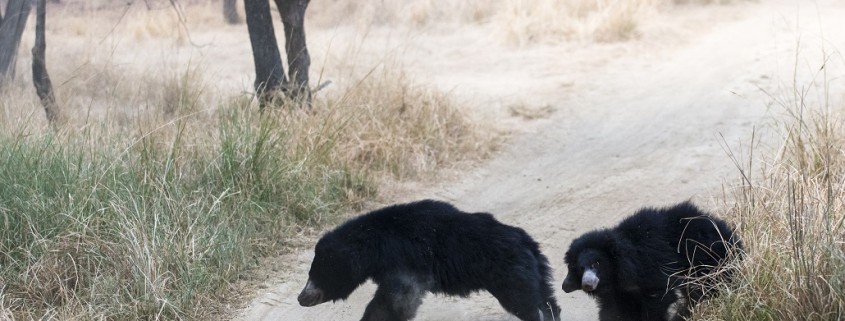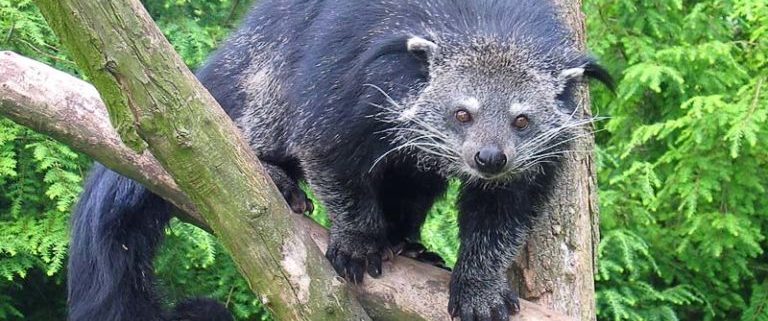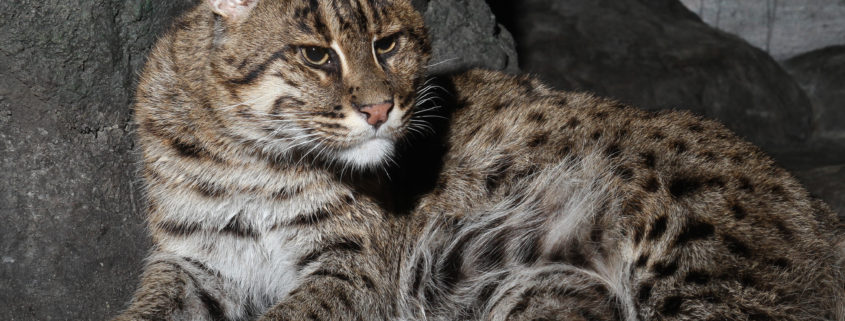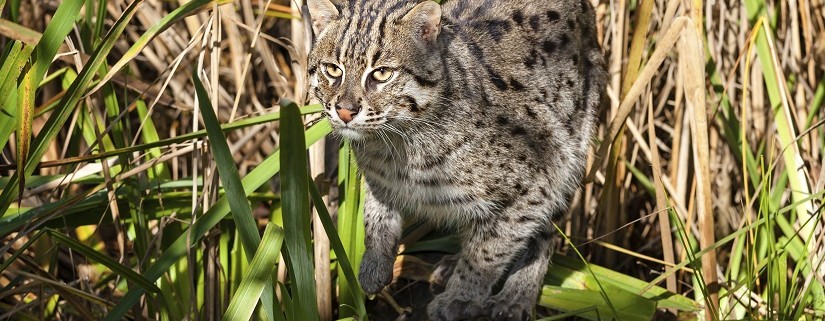Cats of the Canopy
As the smallest of the big cats, clouded leopards have fallen through the cracks of mainstream conservation efforts. Because they have been overshadowed by other charismatic Asian megafauna, very little is known about their status on local or even regional scales. However, it is precisely their unique ecological and evolutionary characteristics that make clouded leopards a potential flagship species, and is why they represent S.P.E.C.I.E.S. as our logo. In fact, the clouded leopard may possibly be related to the saber-tooth cat!
S.P.E.C.I.E.S. is working to not only collect important baseline information on the 2 species of clouded leopards, but also to inform the general public about the clouded leopard. In particular, S.P.E.C.I.E.S. aims to publicize the major threat facing clouded leopards today: oil palm displacement of natural habitats. By donating to projects like Project Neofelis or Cameras4Conservation, people can help support clouded leopard conservation.
To learn more about the clouded leopard and S.P.E.C.I.E.S. efforts to conserve this unique species, read the latest article at Purr and Roar here.
